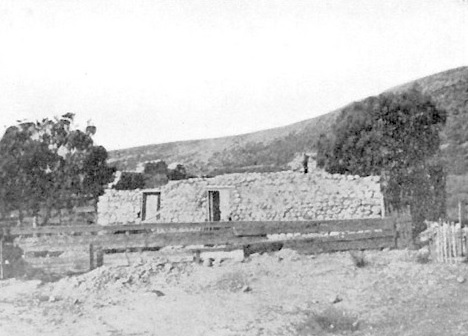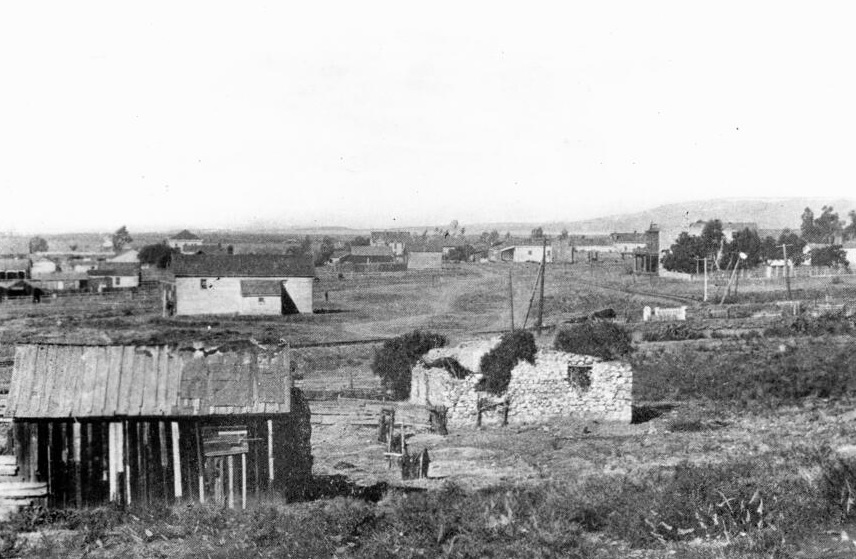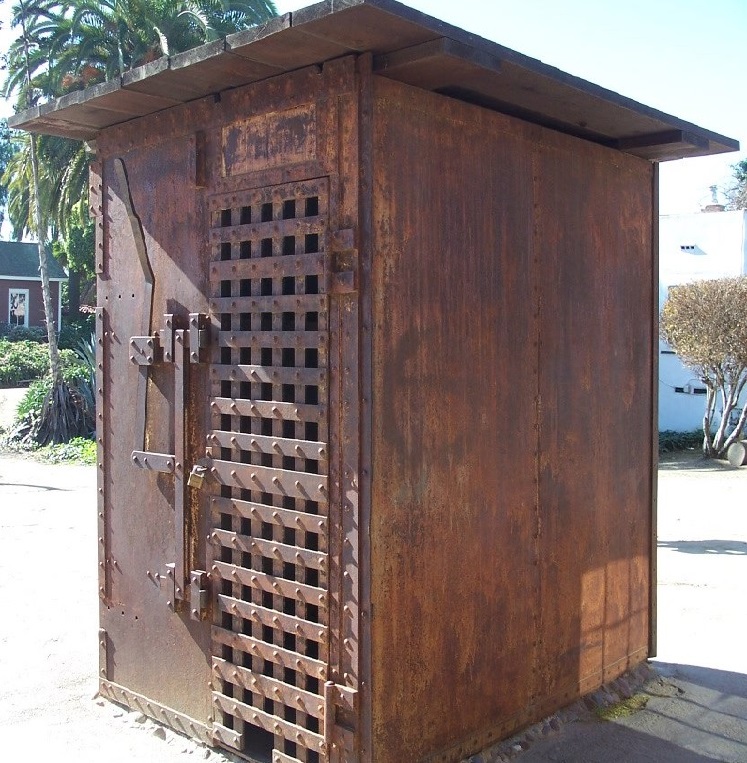
The ruins of San Diego's first jail is located behind the former Sherfiff's Museum at 2384 San Diego Avenue in Old Town.
How the facility even came to be is a remarkable story. Shortly after his election as City Marshal, Agoston Haraszathy’s first official duties was the construction of a jail. It wasn’t really necessary however, with the soldiers having set the tone of local justice for the last few years, most San Diego criminals were either hung or shot. The jail would primarily house drunks and minor troublemakers.
San Diego’s first public works project was sent out for public bid in the summer of 1850. The Israel Brothers submitted a bid of $3,000. Agoston countered with a bid of $5,074 and, despite only having $10,000 in the treasury, the council accepted it with Charles spearheading the proposal. The elder Haraszathy justified the higher amount by telling the public they needed to pay for a quality job.
The “quality job” turned out to be a crude cobblestone. Shortly after the building was completed, a heavy downpour caused a large part of the jail to melt into a pile of mud and straw.
On November 7, 1850, Agoston re-approached the council for an additional $2000 to rebuild the jail. By now the project had become such a debacle the council was left with little choice but to approve the request.
Despite the additional money, the rebuilt jail was no better than the first. Within hours of being arrested the first inmate, the Mayor’s younger brother, 25-year-old Roy Bean, escaped by digging through the walls with a pocketknife.
The building would ultimately prove to be so poorly constructed that Bean would be the only inmate the jail would ever hold. Decades later, Roy Bean would establish himself in Langford Texas as the “Law West of the Pecos” when, with an outdated California Penal Code as his guide, he set up a courthouse that doubled as a liquor store and casino.


By the early 1860's, law and order began a comeback when the county built a 6x9 foot iron cage in back of (then) City Hall in the Old Town Plaza.
There was no bed in the cage or a limit to the amount of people that could be jailed.
The city was not legally obligated to feed the prisoners forcing the inmates to rely on the generosity of people living nearby.
